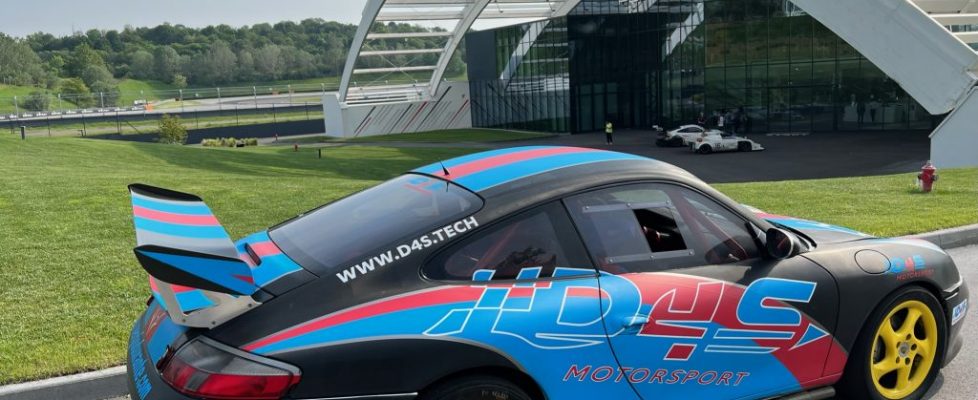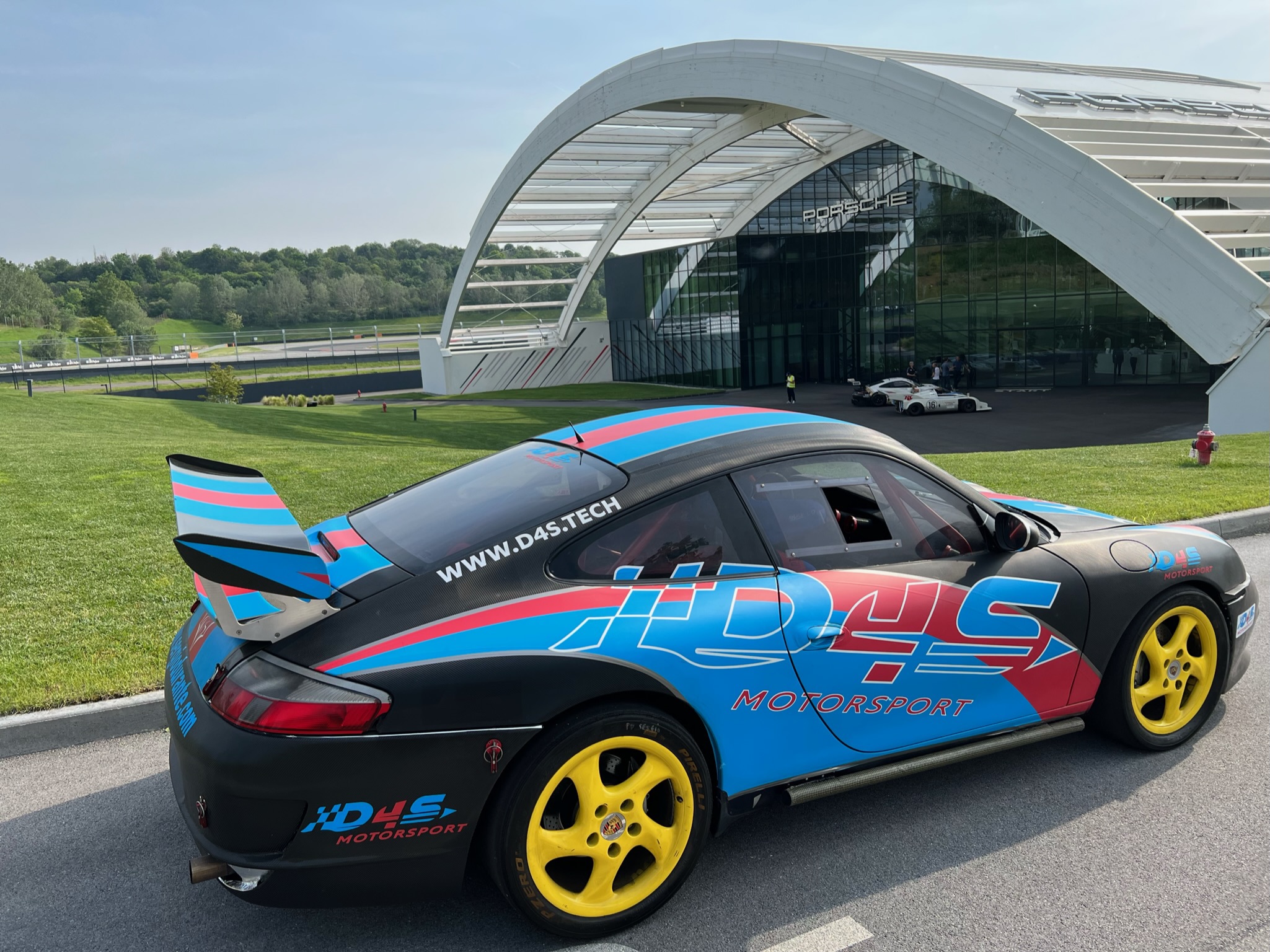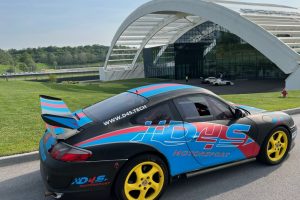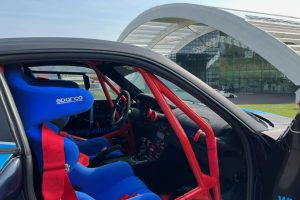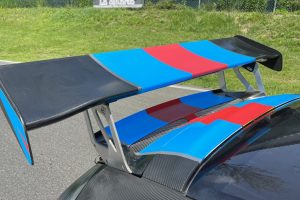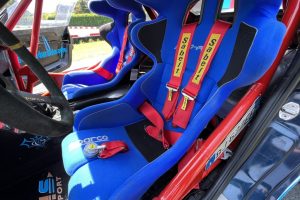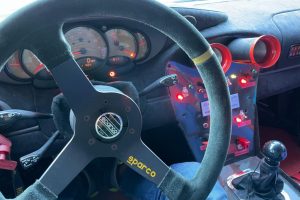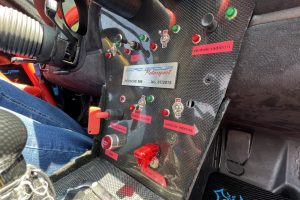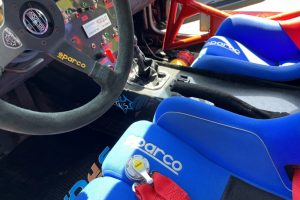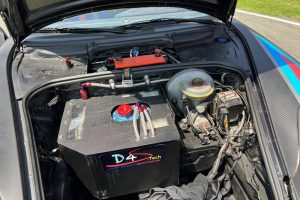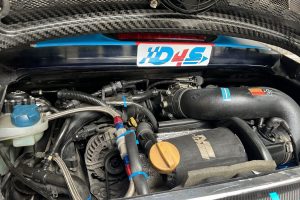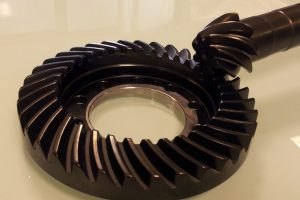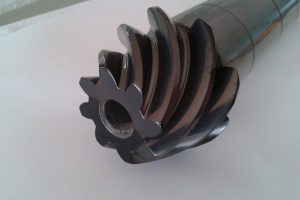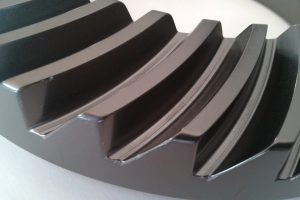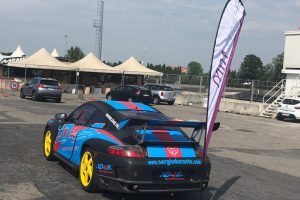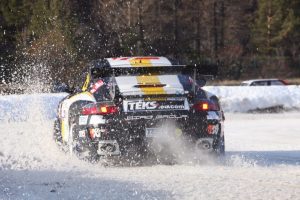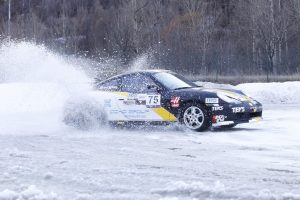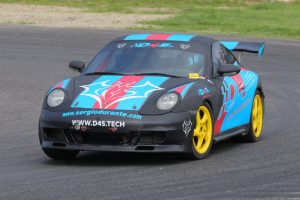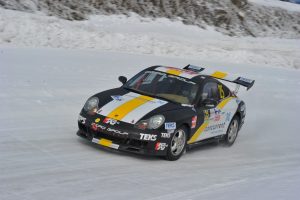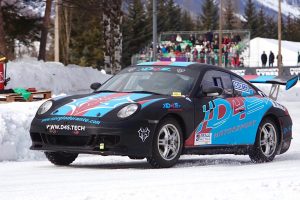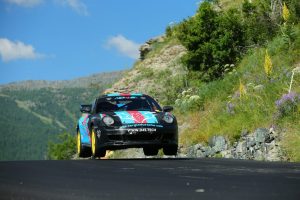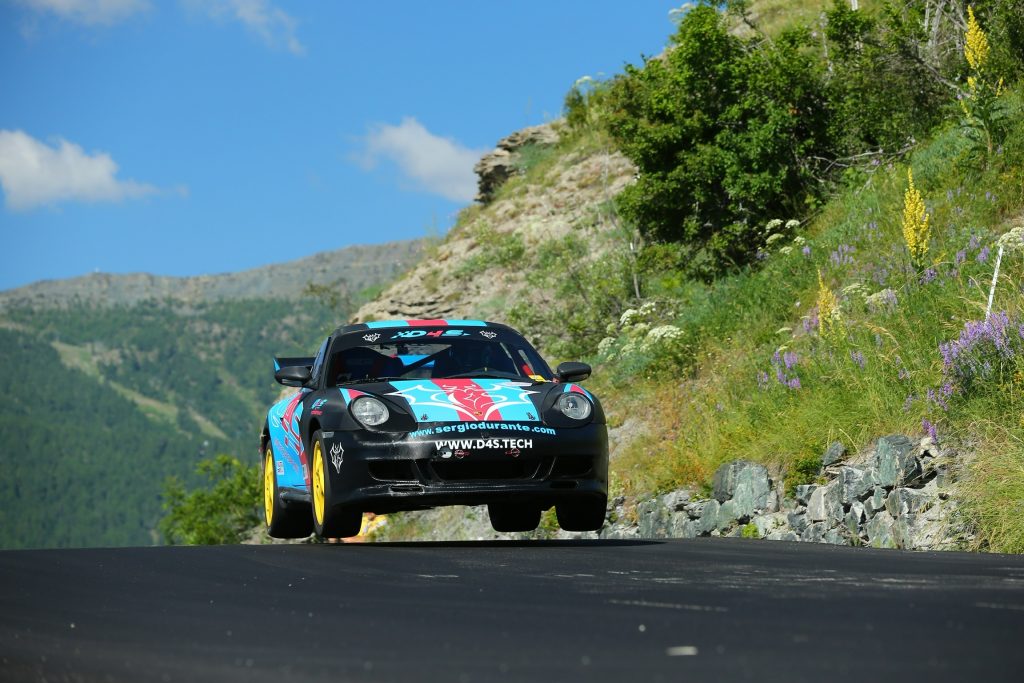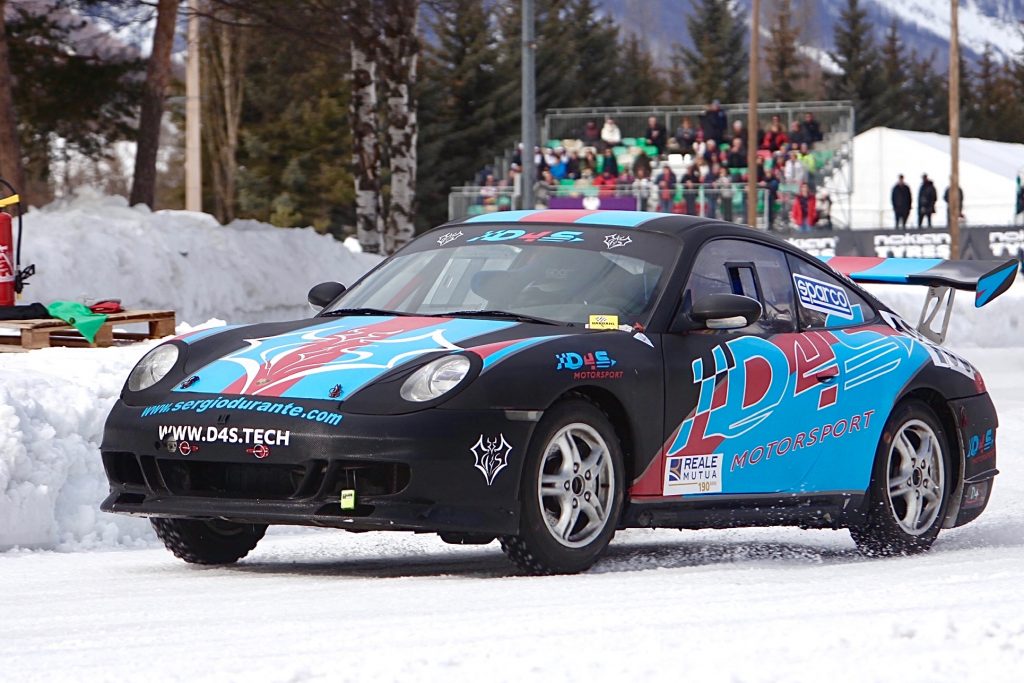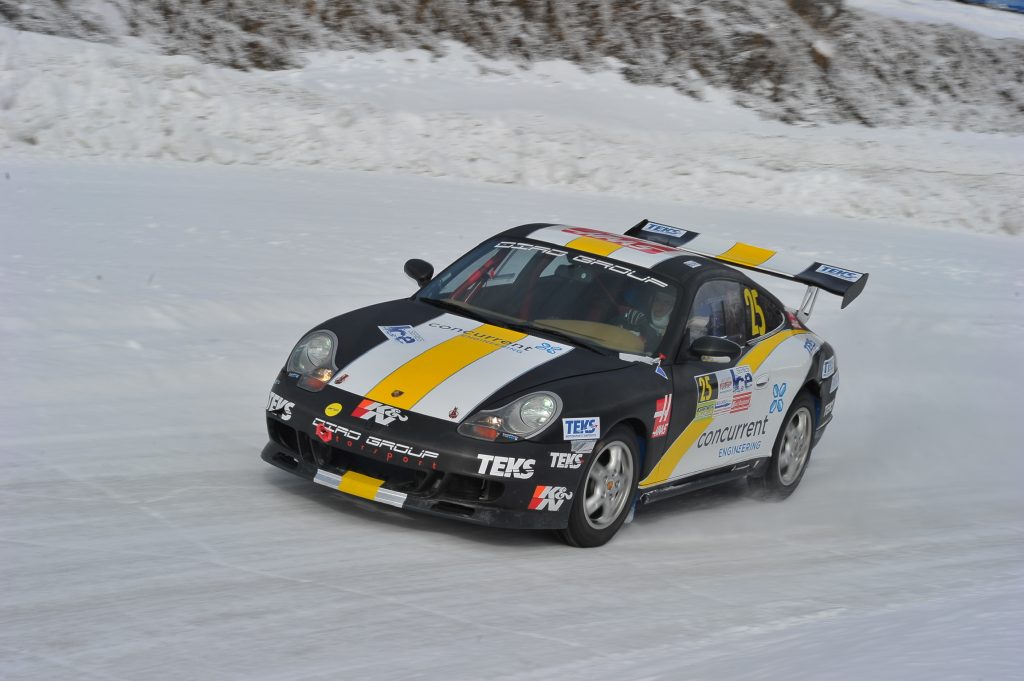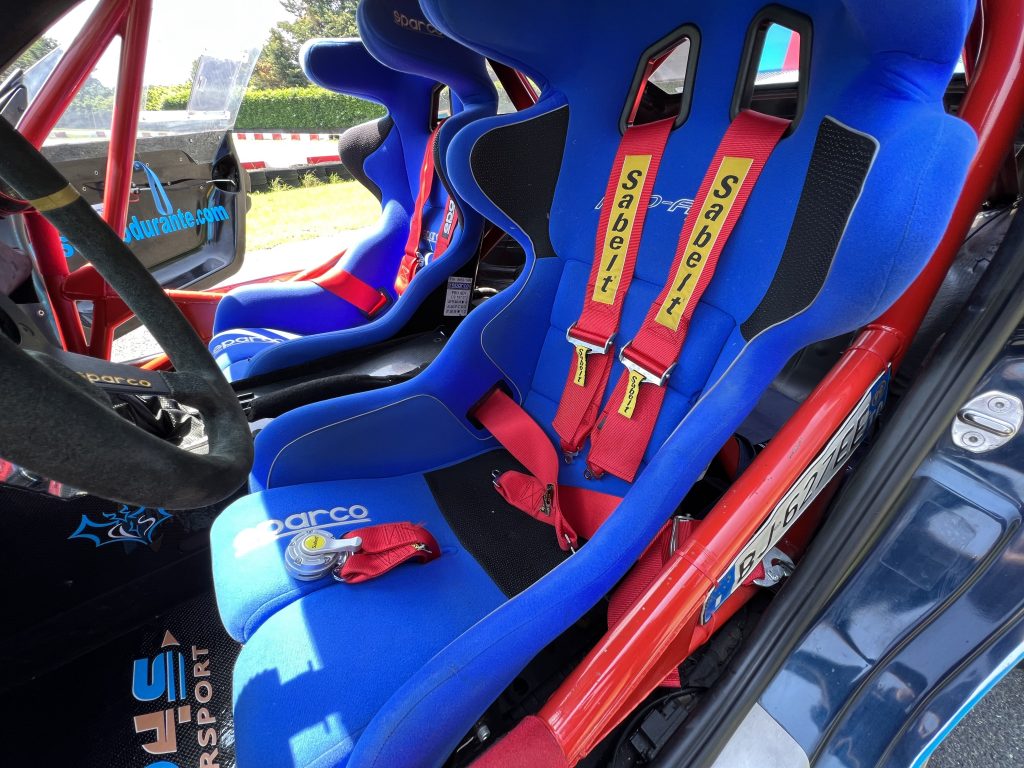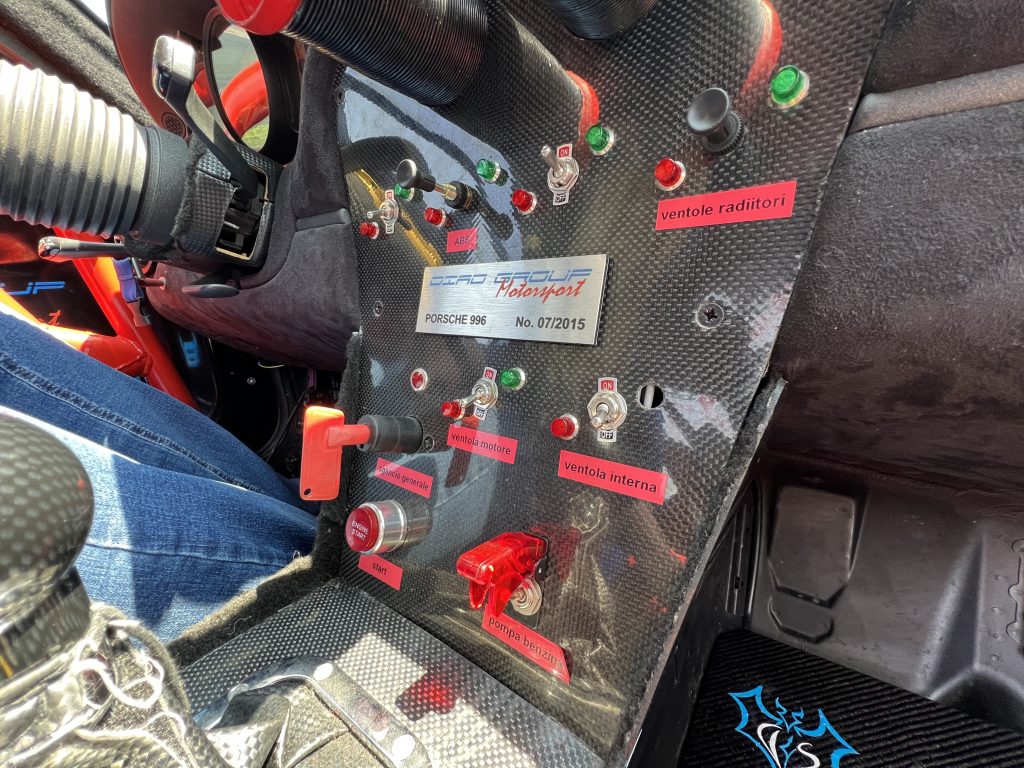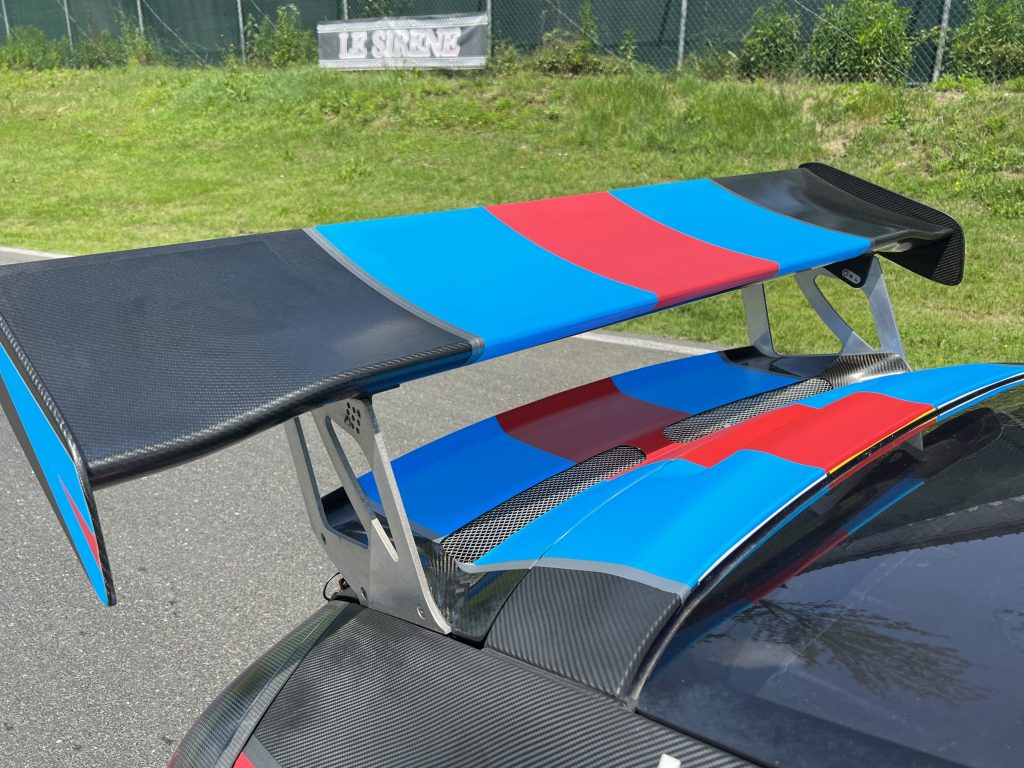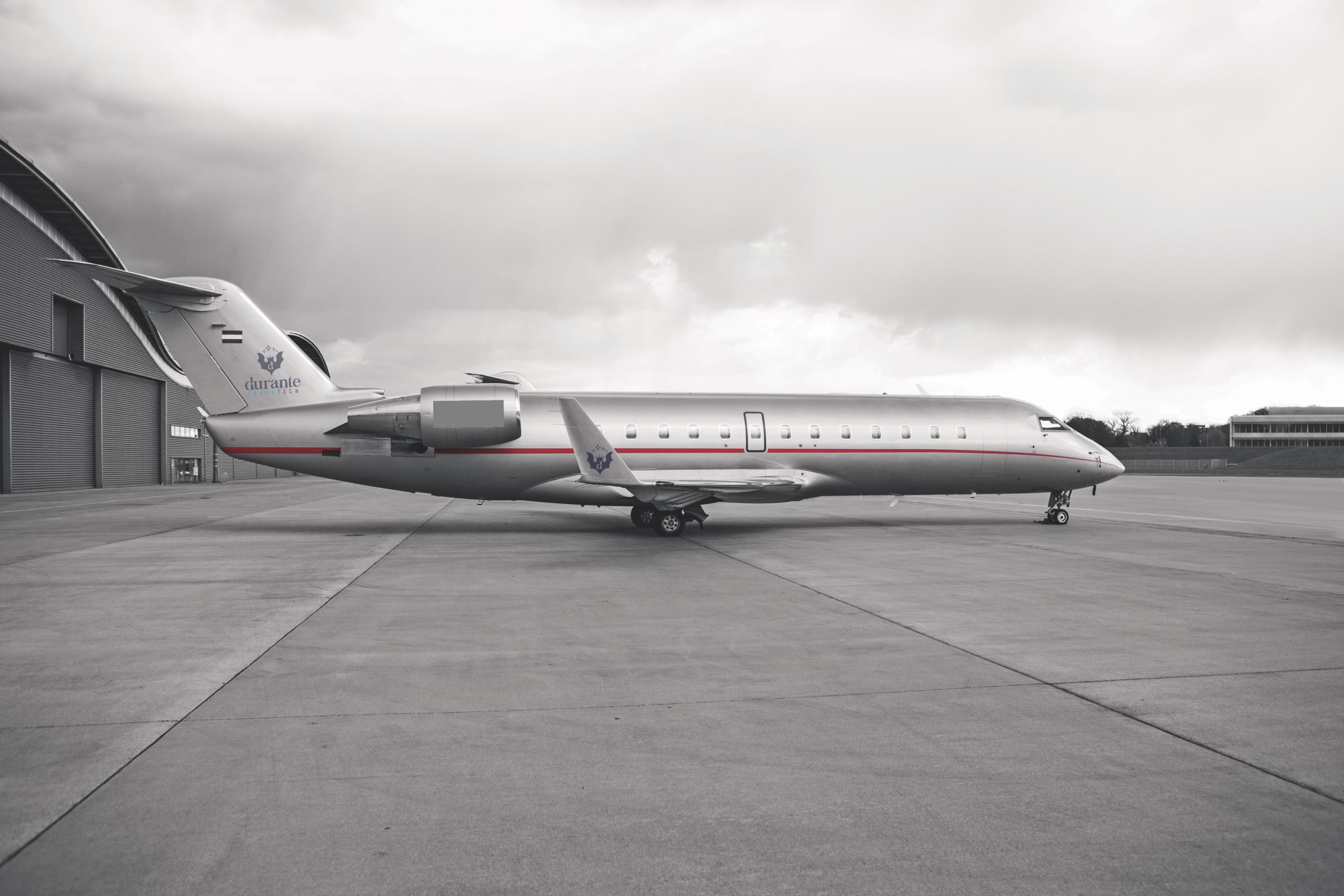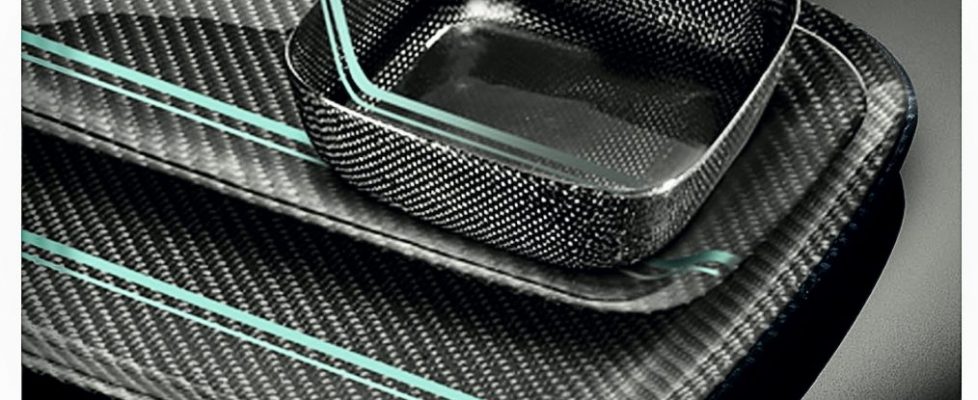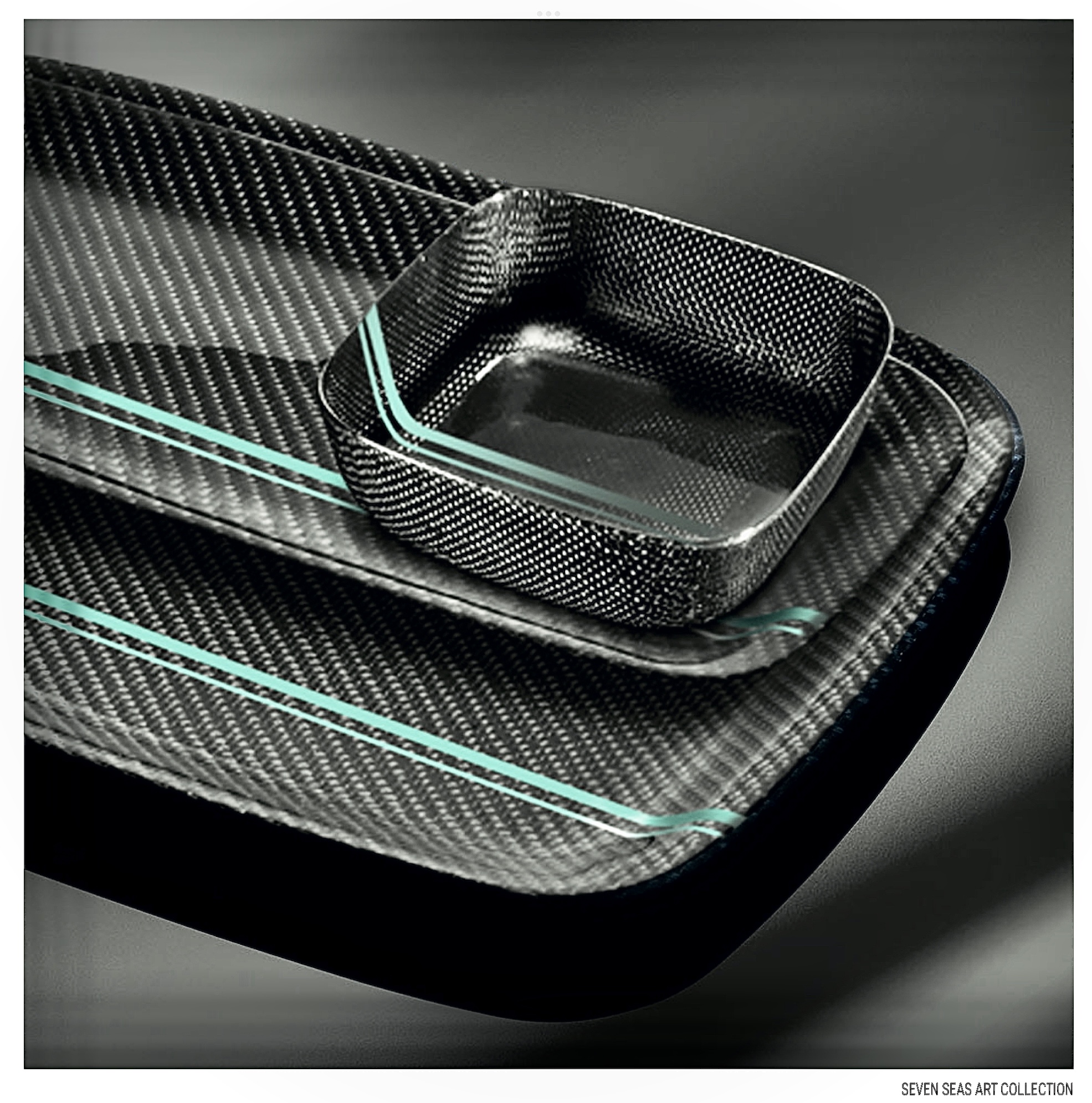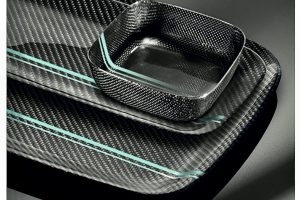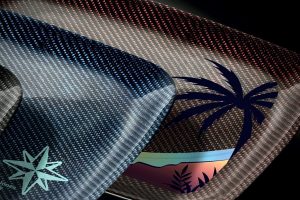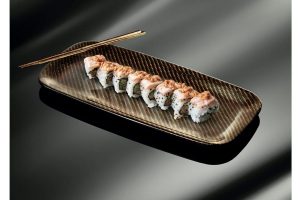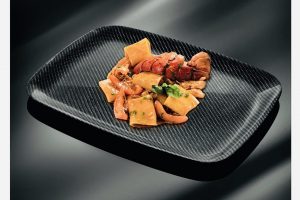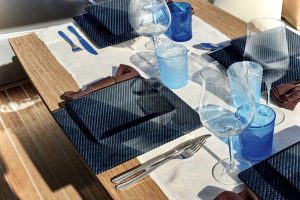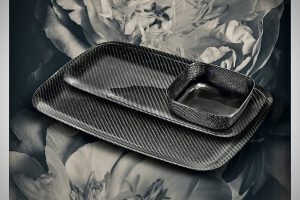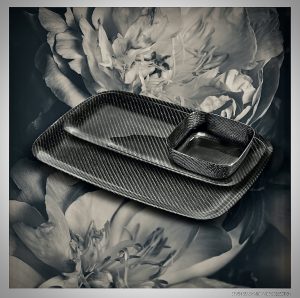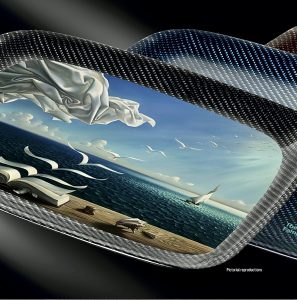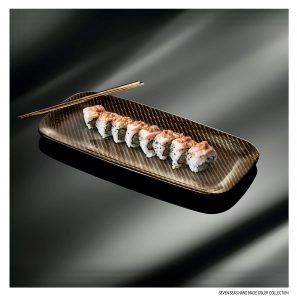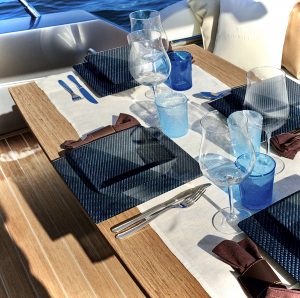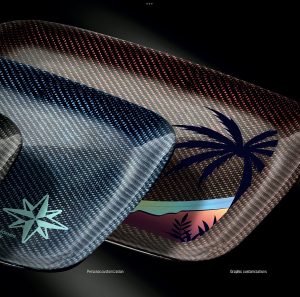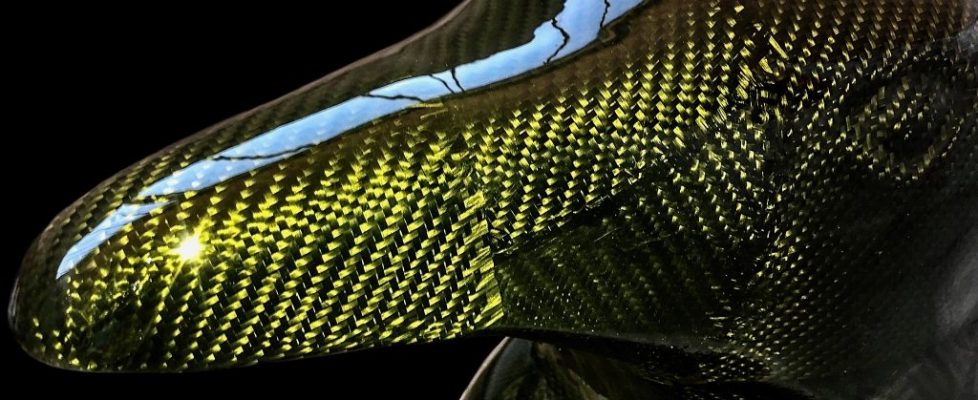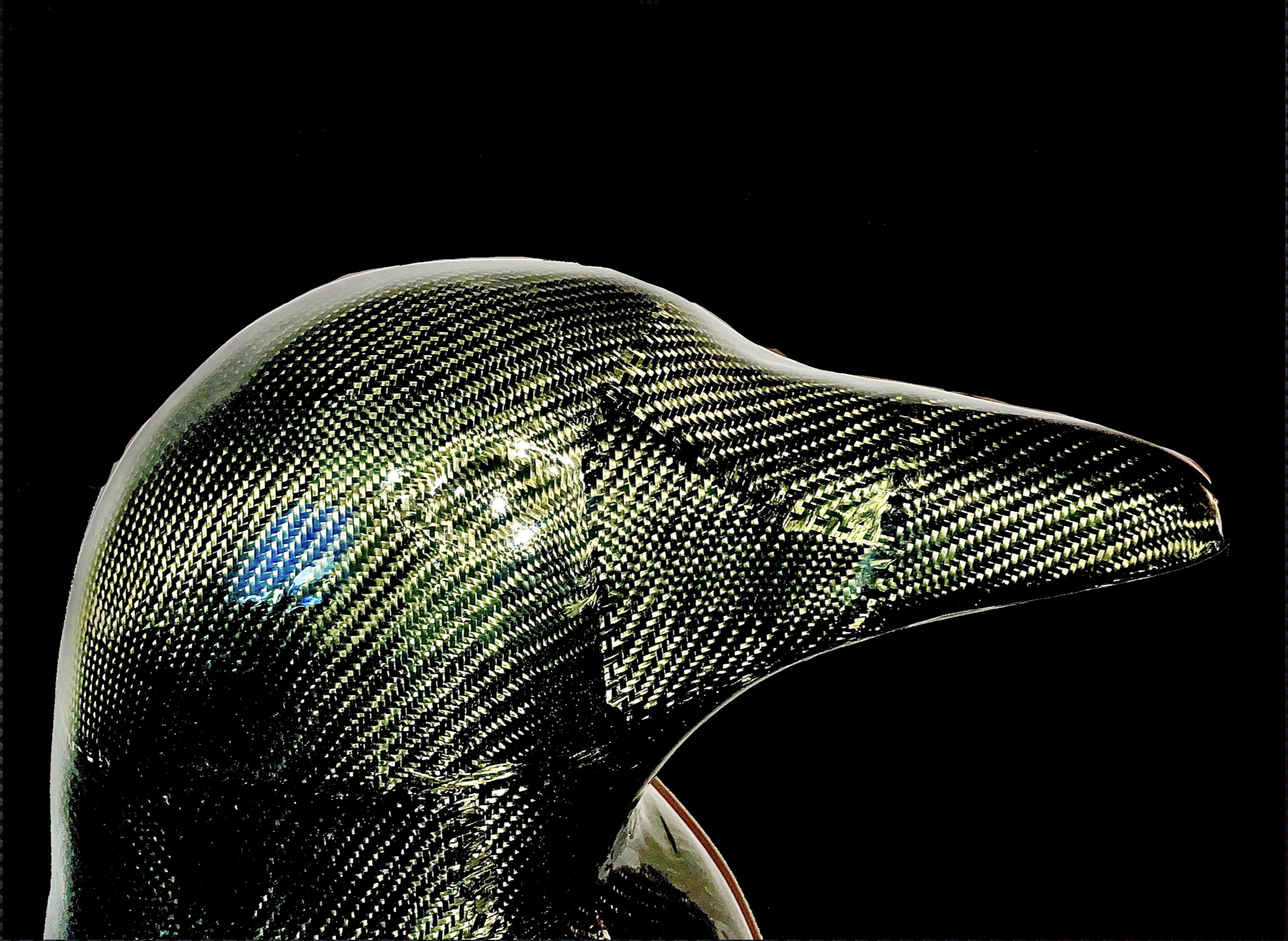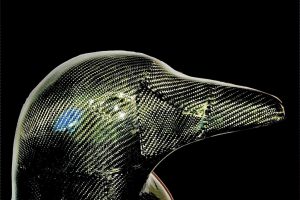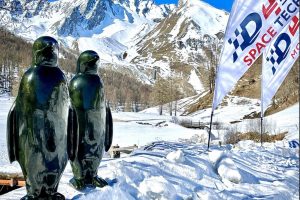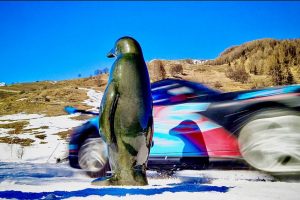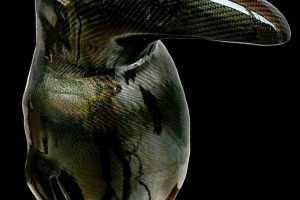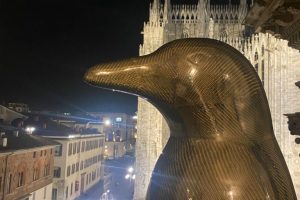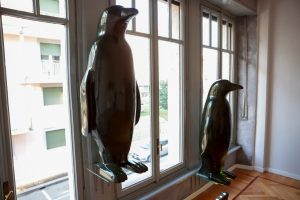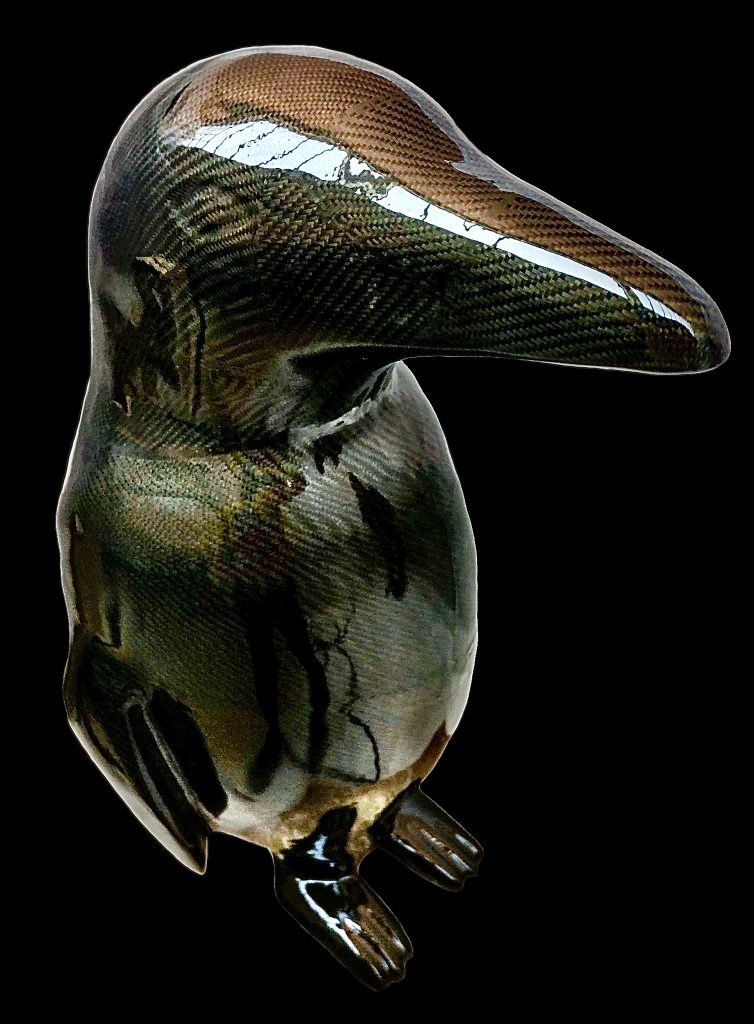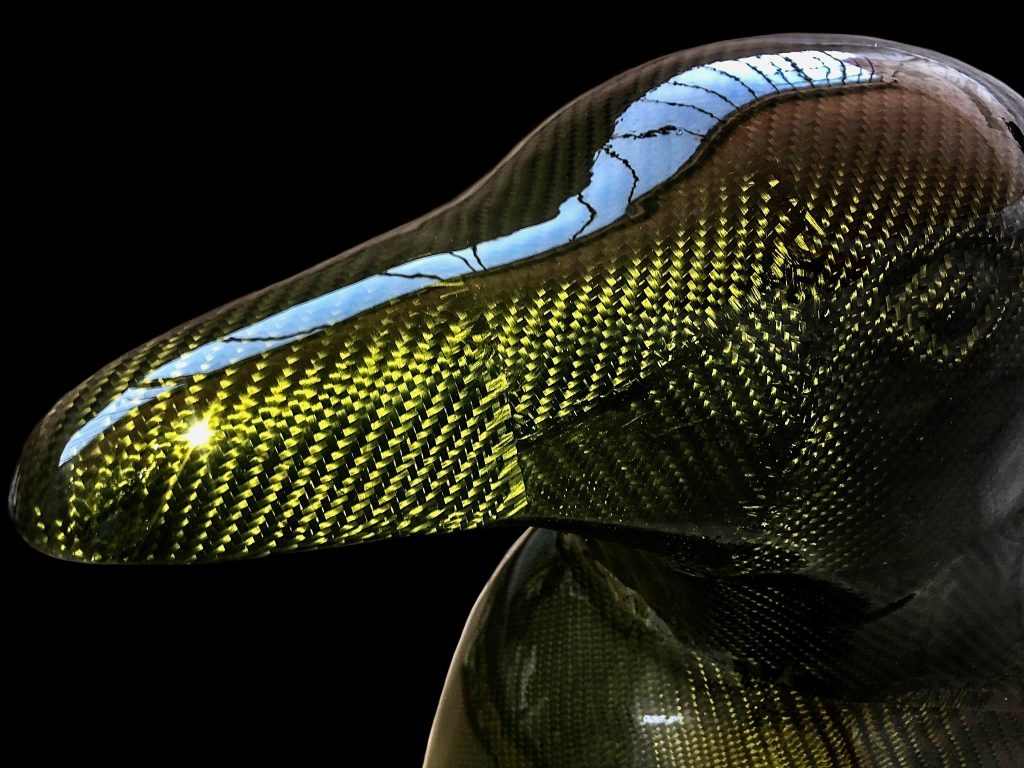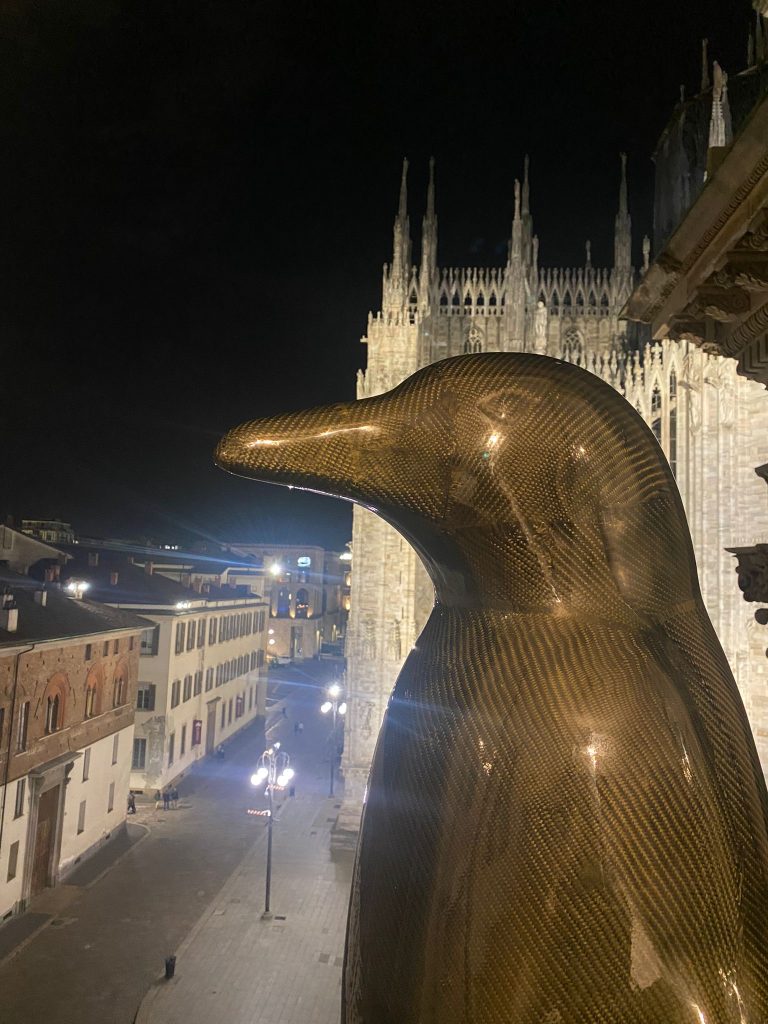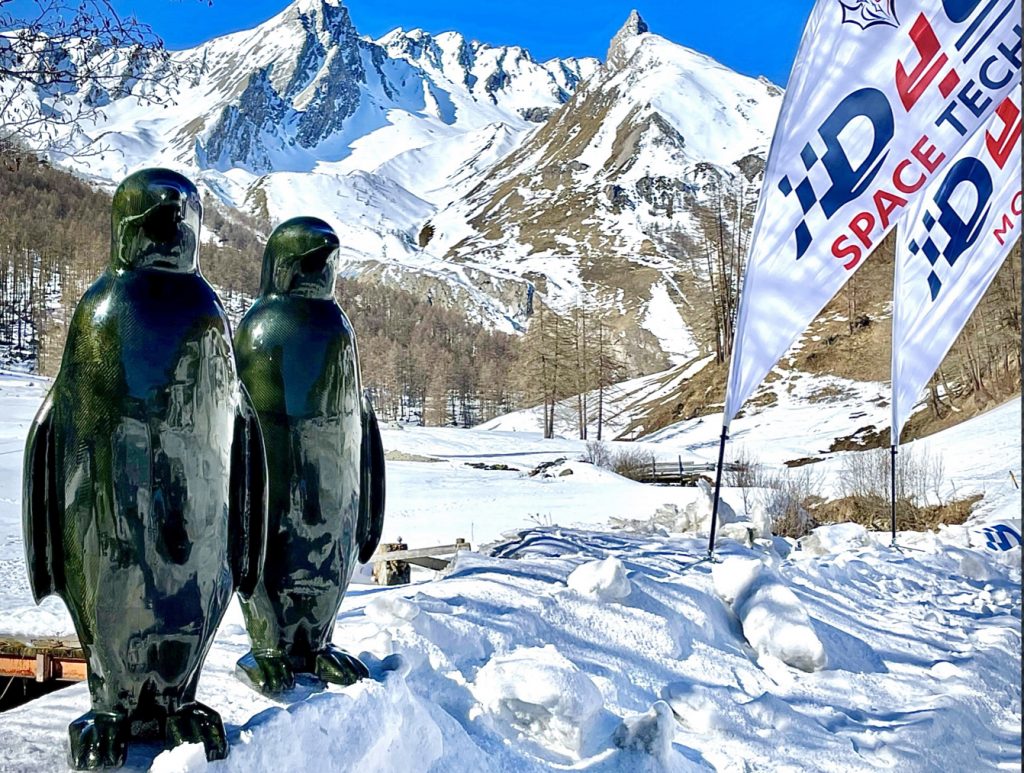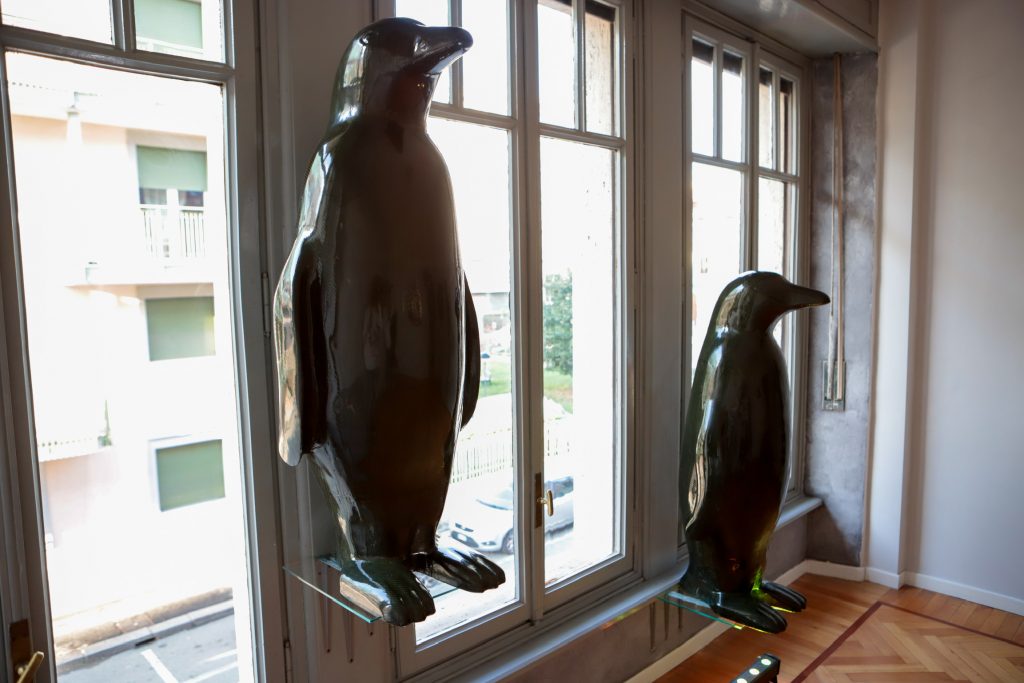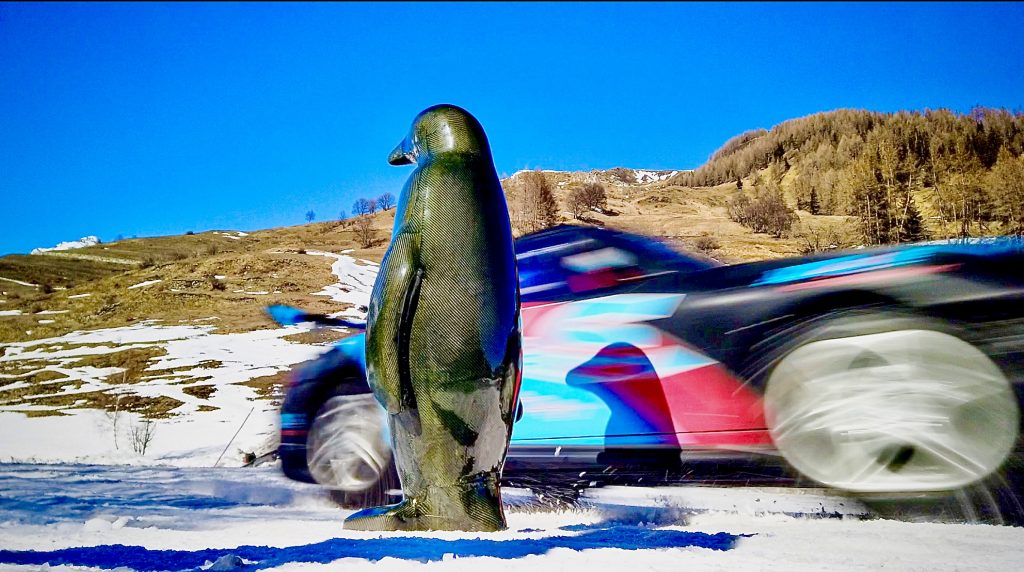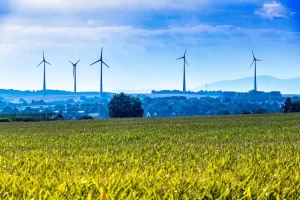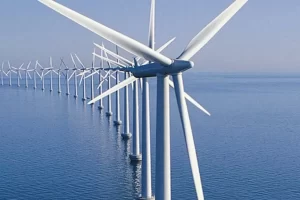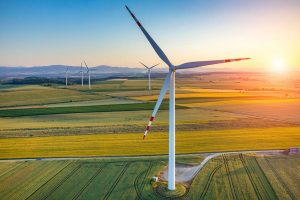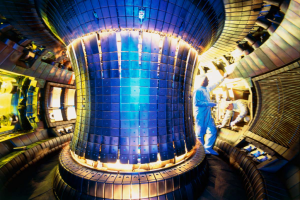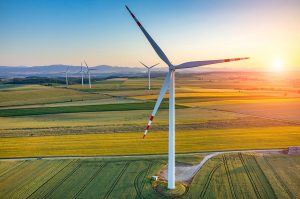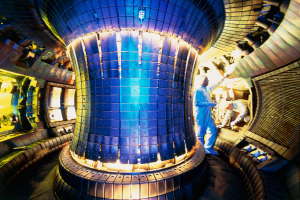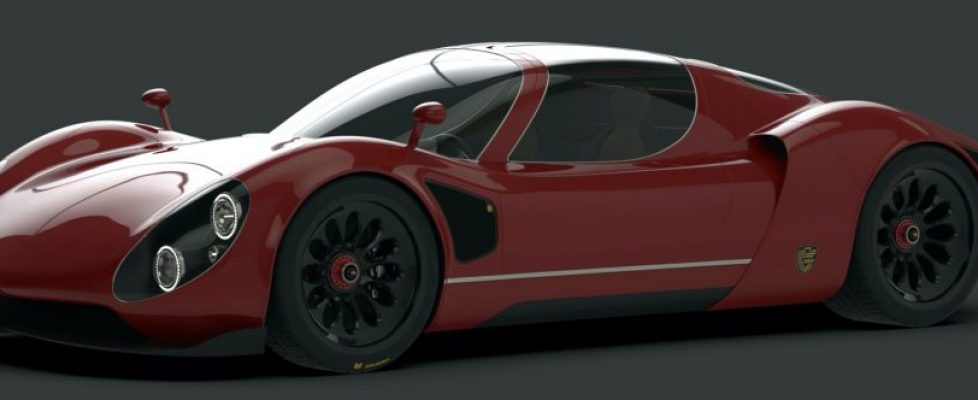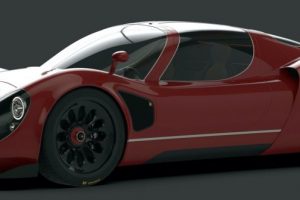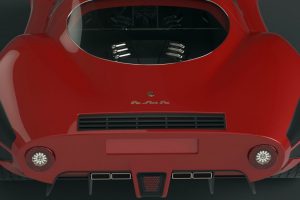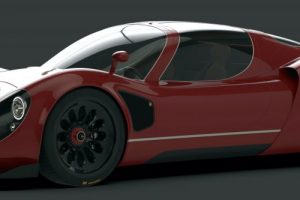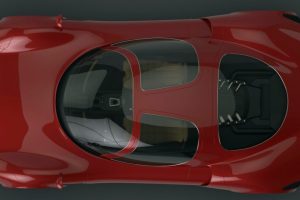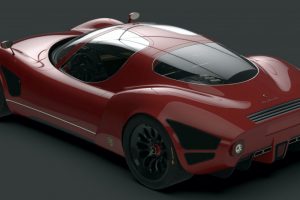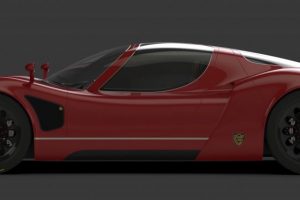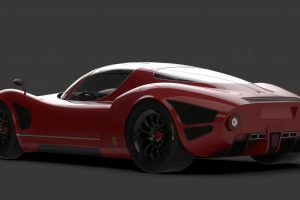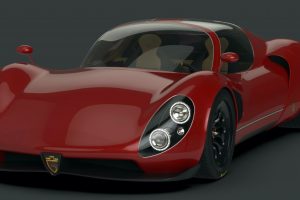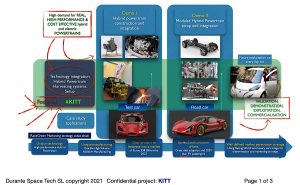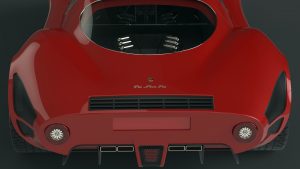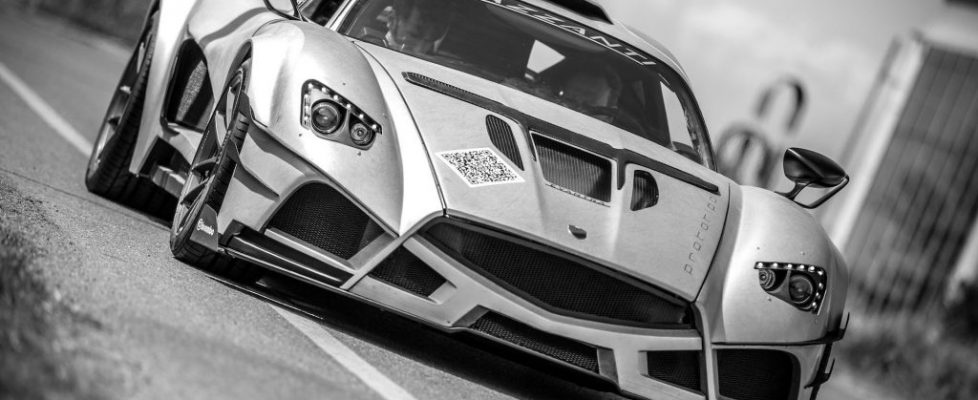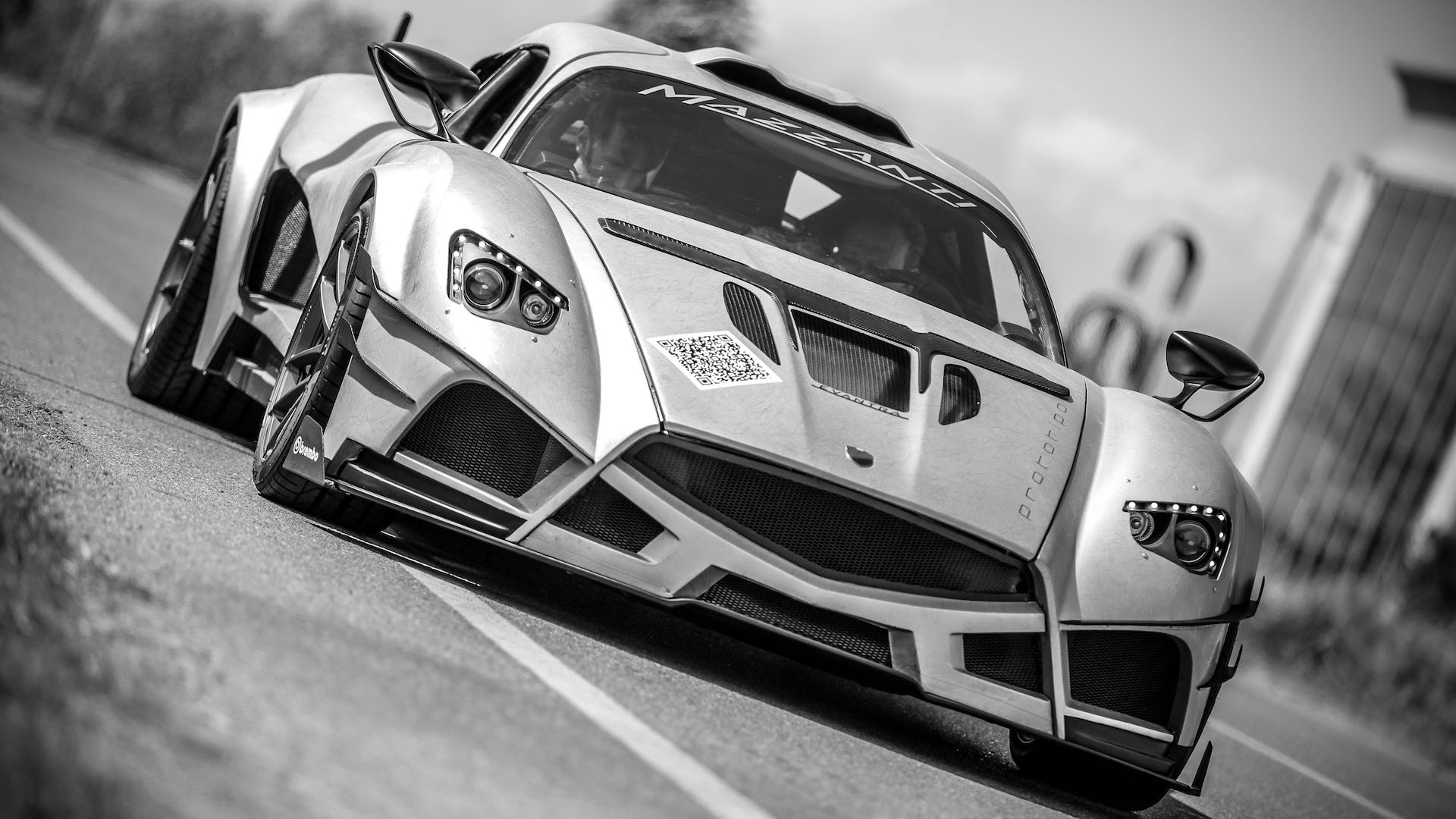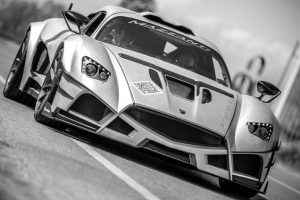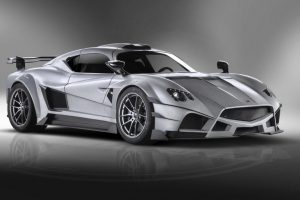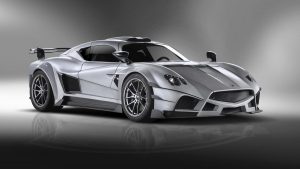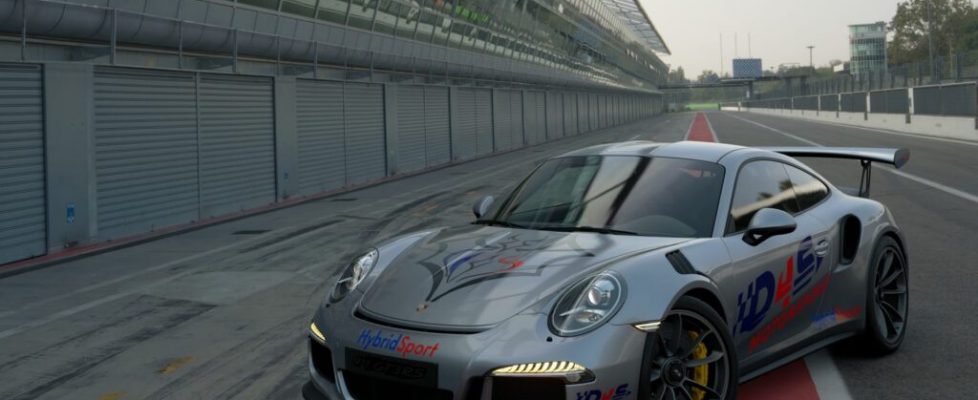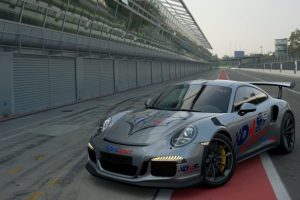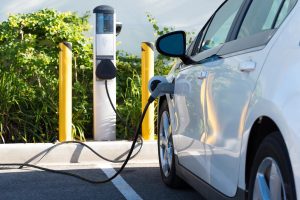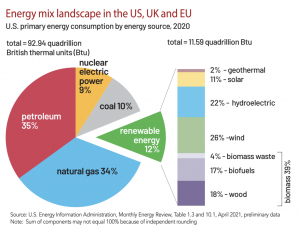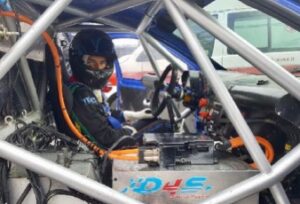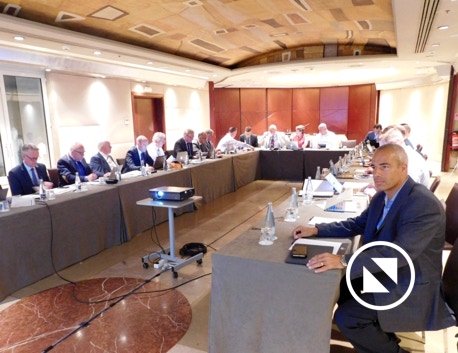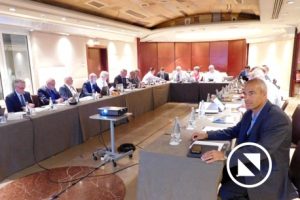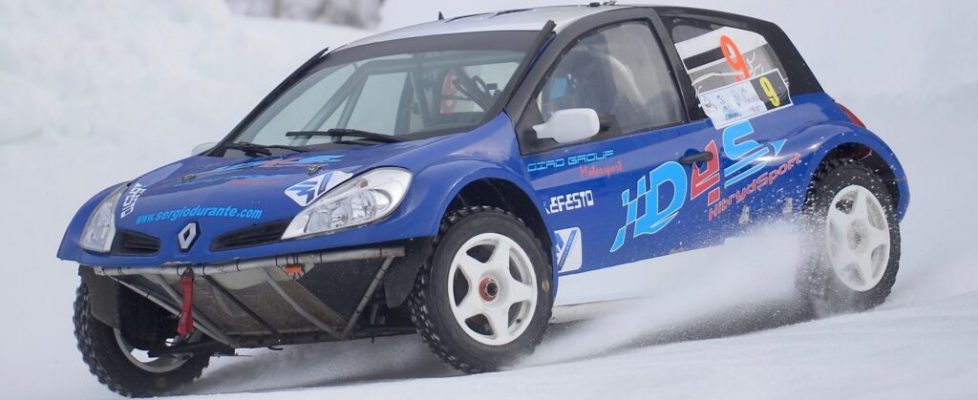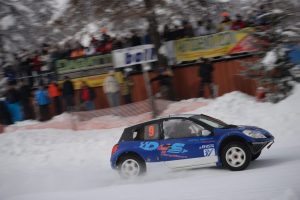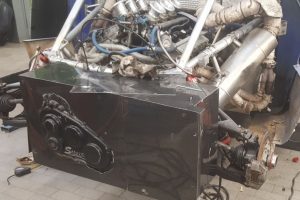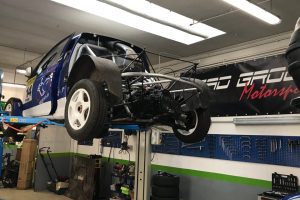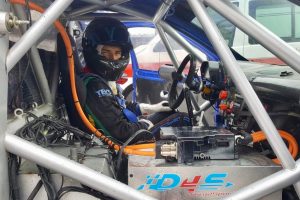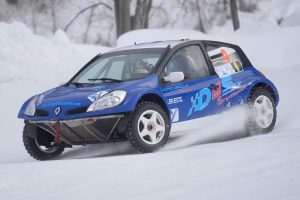the World Unique Porsche Rally Ice Racing Proto by D4S Motorsport
Porsche Rally Racing Proto D4S
Saturday, 29, April, 2023 – Porsche Experience Circuit Franciacorta (BS) – Italy
Unleashing the Power: The Porsche Rally Racing Proto D4S
Get ready to embark on a journey of adrenaline-fueled excitement as we unveil the extraordinary Porsche Rally Racing Proto D4S. On Saturday, April 29, 2023, at the Porsche Experience Circuit Franciacorta in Italy, witness the prowess of this unique prototype designed to dominate the ice racing scene.
History: A Prototype Born to Conquer
Crafted from the visionary concept of Dr. Eng. Sergio Durante and a team of skilled engineers, including Dr. Eng. Mauro Comoglio and Dr. Eng. Anja Praturlon, the Porsche Rally Racing Proto D4S made its debut in 2011 at the Kohl Motorsport Fair in Cologne, Germany. Sponsored by Concurrent Engineering, HAAS, and K&N, it emerged as a technological marvel.
From 2012 to 2013, this beast roared through international championships, clinching fourth place in the Ice Series and Ice Challenge against formidable opponents from the Andros Ice Racing Championship. It showcased its prowess in uphill races, notably securing first place in the prototype category at the Cesana-Sestriere. The years 2014-2018 witnessed triumphs in the Ronde Invernale and Winter Sprint races in France, etching its name in history with two pole positions, two overall victories, and a circuit record.
After a hiatus since 2019, the car has awakened from its slumber, gracing the brand new Porsche Experience Circuit of Franciacorta in Brescia with its exceptional presence.
Specifications: The Epitome of Performance
The Porsche Rally Racing Proto D4S is not just a car; it’s a masterpiece of engineering. Built entirely by D4S Motorsport, it boasts a rollbar welded to FIA safety standards, Sparco seats, Sabelt six-point racing belts, and an FIA-approved racing fire extinguisher. The bodywork is a symphony of lightweight materials, including Full Carbon Kevlar doors and hood, contributing to its aerodynamic prowess.
Under the hood, a meticulously prepared engine delivers an exhilarating sound reminiscent of an F1 engine. The racing gearbox, front and rear differentials, and custom suspension showcase the meticulous attention to detail, offering unparalleled control and performance.
Certified Characteristics: Engineering Marvel
Every inch of the Porsche Rally Racing Proto D4S is a testament to innovation. With a hybrid bodywork featuring carbon fiber, aluminum, steel, Kevlar fiber, and titanium, this prototype stands as a technological marvel. The cockpit is a blend of Alcantara, aluminum, and carbon fiber, housing bucket seats, a high-strength steel rollbar, and reinforcements.
Equipped with a variety of tires and rims for different racing conditions, this car is adaptable to any challenge. The meticulously crafted engine, cooling system, injection, and electronic ignition ensure optimal performance on the track.
Bringing the Future to the Circuit: The Porsche-D4S Hybrid General Electrical System
The Porsche Rally Racing Proto D4S doesn’t just break records; it sets a new standard for hybrid electrical systems. Blending Porsche’s legacy with D4S innovation, this system ensures peak performance, reinforcing the prototype’s status as a trailblazer in the world of racing.
Prepare to be mesmerized as the Porsche Rally Racing Proto D4S takes center stage, rewriting the rules of racing and setting the course for a thrilling future in motorsports.**
Vehicle certified characteristics
Hybrid bodywork in carbon fibre, aluminium, steel, Kevlar fibre, titanium
Crystals and windshield in super light Lexan, anti-reflection coating, water repellent coating, Porsche multilayer glass windshield
Internal conditions Alcantara, aluminium, carbon fibre, bucket seats, six-point belts, high-strength steel rollbar, reinforcements.
Tyres: 4 sets of tires and rims: slick, rain, snow and ice racing studded, various sizes from 16 to 18″ Those fitted with slicks, Michelin 18″ sizes, 19″ rain, 16″ ice racing. The rims are original Porsche 5-spoke aluminum equilibrated.
Also original Porsche wheels are mounted on the slick tyres.
Engine: Prepared engine, direct intake, tuned exhaust, variable valve timing, lightened flywheel, reinforced clutch, rigid mounts;
Cooling system, radiator: Forced ventilation aluminum radiators
Injection and electronic ignition, configured for 98-100 octane petrol or special fuel up to 120 Octane
Handcrafted exhaust system tuned 2 x 3in1, X-pipe, direct
Double electric racing fuel pump, with cell racing tank
The gearboxes are all manual and beautifully lightened crafted in high strength steel, super finisheded and diamond DLC coated and other nanostrucured coatings.
Braking system with aeronautical tubes, (with the overheating of the oil, air bubbles are formed in the oil, with this equipment the heating and expansion of the tubes are reinforced in order to avoid loose of internal pressure, permitting long session at the maximum attack on the circuit), built ad hoc and customized just for this car, disengageable ABS, self-ventilating discs, racing pads.
Steering gear with Porsche power steering
Porsche power steering pump
Competition shock absorbers and suspension, Bilstein custom adjustable in
compression and rebound, adjustable height, mechanically adjustable
Porsche-D4S hybrid general electrical system

